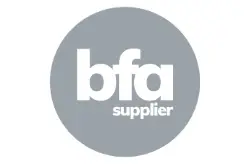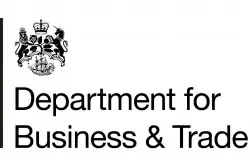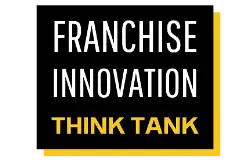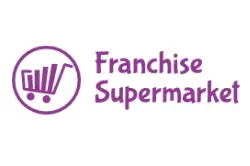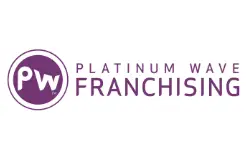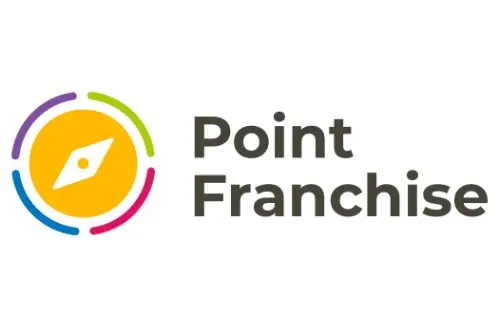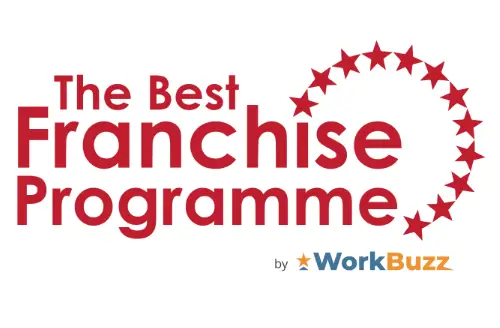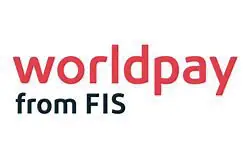Utilitarianism, which is in its most basic terms the philosophy of the maximisation of happiness and minimisation of unhappiness or pain, is highly applicable to the concept of customer convenience. In other words to remove pain or roadblocks in the customer journey. These days, technology is our friend when it comes to creating convenience for customers. For example: orders can be made with the click of a mouse or via mobile phone.
However, convenience is not just about how orders are placed. In marketing we talk about the four Ps: product, price, place, promotion. For many organisations, the only option for ‘place’ used to be the high street store. Attention was on making the store comfortable, welcoming and to ensure there was parking out the front, which all added up to encourage purchasing behaviour. However, the Pandemic has shaken up the slow decline of our high streets and in-turn fuelled the trend towards having goods delivered. Consumers can and are now even buying high ticket items such as cars online and having them delivered!
It seems that ‘place’, in other words where customers buy, has suddenly become a very different place indeed. If they are visiting the high street, then great! If not, it’s anywhere where customers are.
At Papa John’s we have welcomed introducing more convenience for customers. For example, we have created the option for delivery to selected outdoor locations around the UK. Customers visiting the park or the beach, can now find the closest delivery spot to their location and order as normal, and meet their Papa John’s driver there.
Similarly, we have extended the reach of the Papa John’s brand beyond the high street by partnering with venues and leisure operators. We have already installed Papa John’s in football stadiums and holiday resorts (plus a pub!) and continue talking to leisure venues to see how we can be flexible with our model to create the right win-win with those established players. It’s about being where our customers are.
Creating convenience for customers in this way also helps keep the competition out. If you have two competing franchised businesses and one consistently is able to provide an easier and better way to buy the same or similar goods, then guess where customers will repeatedly order?
As a franchise, to create convenience for customers you must examine the entire sales interaction from the customer’s point of view. Look at how orders are placed, can any improvements be made? Consider if technology can help make ordering faster and easier? Also examine if your services be delivered to customers at a time and place that suits them?
How else can you save customers time and effort and maximise their enjoyment of your product? For example: personalisation – remembering customer preferences could be a way of creating further customer convenience.
The Quick Service Restaurant industry has transformed and thrived in recent years, and for good reason. Its whole ethos is based on creating the most convenience for customers. Why not consider how you can add the ingredient of increased customer convenience into your franchise offering today?







